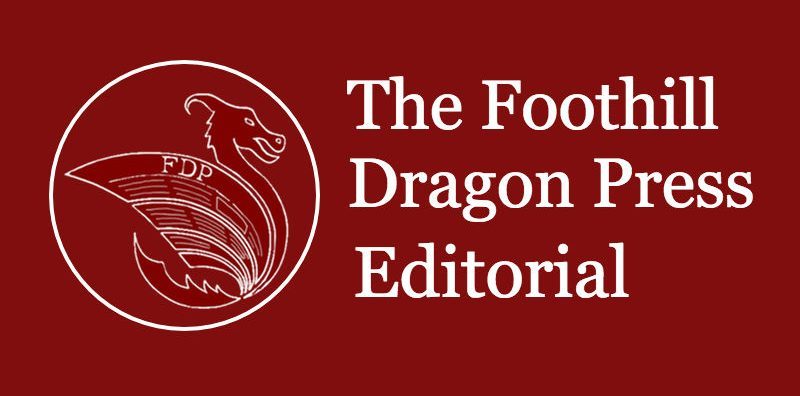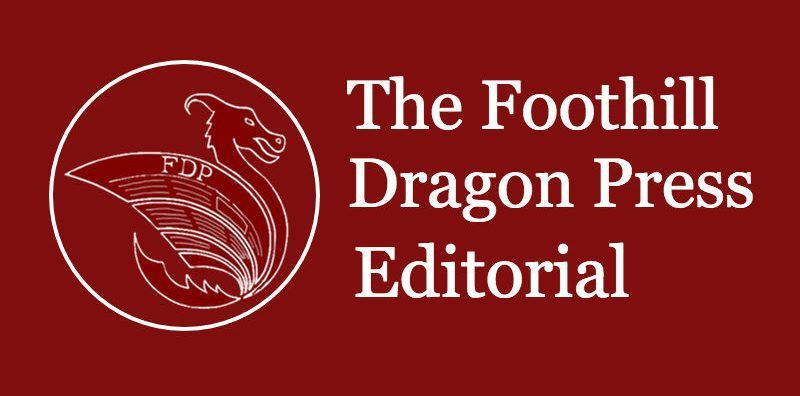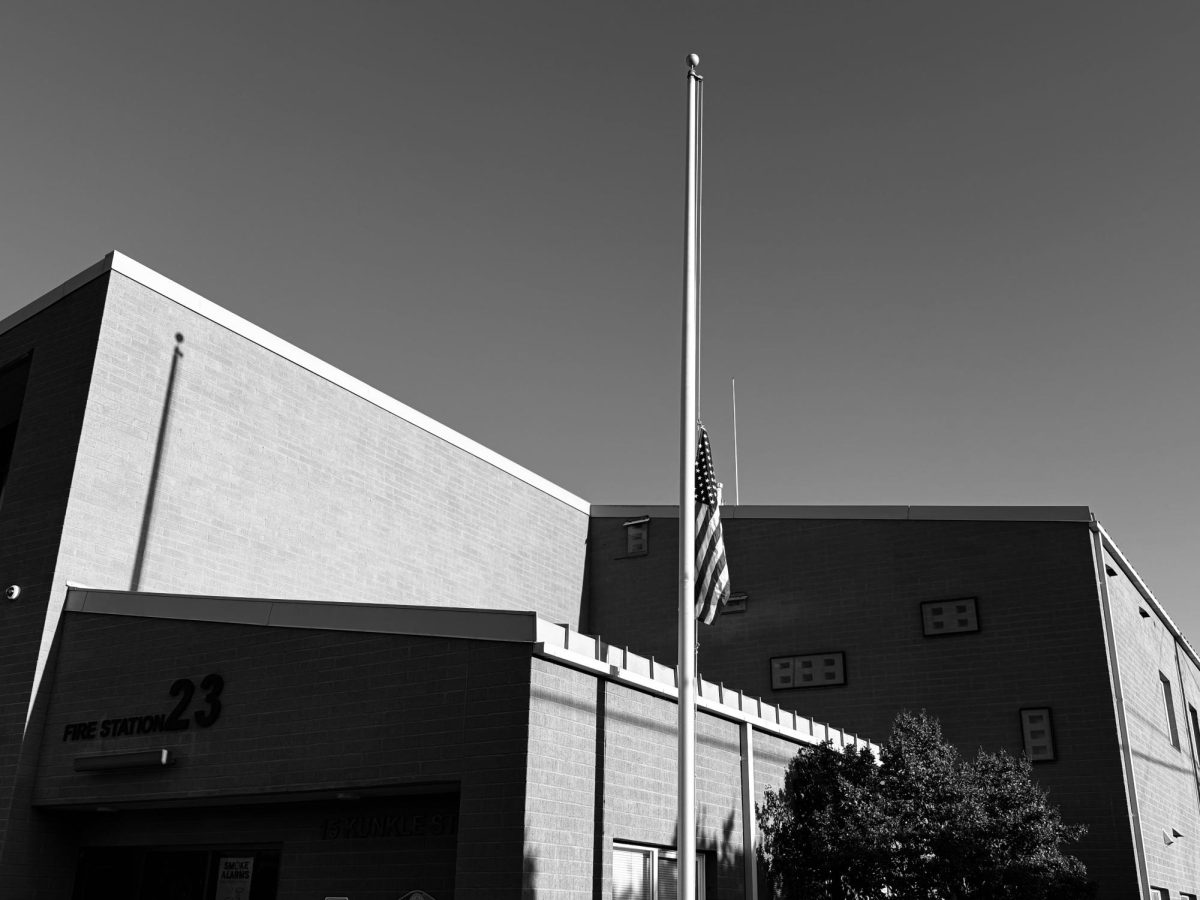For a district that prides itself on its technological innovation, it is disheartening to see that our digital education structure fails to accomplish its task on a daily basis.
Starting this year, we’ve been expected to use school district-issued emails as our login method for school devices and as our main communication tool. (We’ve had these emails since the beginning of the year, but only recently has their use been mandated to log into Chromebooks.)
Although we recognize that this is a district-wide policy, it is partially based on the success Foothill has had with its own Google Apps for Education network. We students have had to transition from relative freedom with our “@foothilltechnology.org” emails to “@venturaedu.org” emails that function only for intra-network communication.
While there’s a place for that kind of communication, we find that education-related emails are not often sent from student to student. More often, they are with a college representative, local education partner (like ASPIRE), or a student’s family. Many students will have (and some already have had) a difficult time with the college application process because the district emails don’t allow sending and receiving from outside the domain.
It’s impossible even to transfer files from our old Foothill emails to our new Ventura Unified emails because drive sharing isn’t allowed outside of the network. The only solution, so far, has been to download files individually to a hard drive and upload them to the new emails, but it’s unreasonable to expect that everyone has the technological skill or time to do this with every single one of their files.
As journalists, with these emails, we cannot email sources, or use hardly any of our digital tools. Certain pages on our website are blocked through the wifi filter due to words like “sex.”
Our adviser, Mr. Yiu Hung Li, mentioned that his English students made websites as an assignment for his class when they discussed “To Kill a Mockingbird,” but could not access the sites on school wifi because they contained the word “kill.”
If you log in to a school Chromebook with anything other than a @venturaedu.org email, even the Google search engine is blocked. If you want to search “Ventura Unified School District,” you will have to do it through Bing or Yahoo.
The height of this irony is that the school district’s gradebook website, Q Student Connect, is not accessible on school district wifi. Students must ask to use a teacher’s computer, use data on their phone if they have it or wait until they get home to check their grades.
If there really is a belief that students are not capable of self-censorship on the web – and does anyone really have so little sense as to watch porn on school wifi? – then let digital literacy be more of a focus in our curriculum. Classes like “EDA 2.0 – College & Career Readiness | Exploring Computer Science” are the perfect opportunity to do this.
The district has tried a variety of internet filters over the years, and they have become more and more restrictive. Of course, it is reasonable for a school to have some sort of firewall. However, the one we have now severely limits our ability to learn. If the school district’s priority really is to ensure “that every student has the opportunity and access to achieve academically, socially and emotionally,” we need technology that encourages creativity and collaboration, not the technology we have now.
Editorials reflect a majority opinion of the 11-person Editorial Review Board and are written collaboratively.











